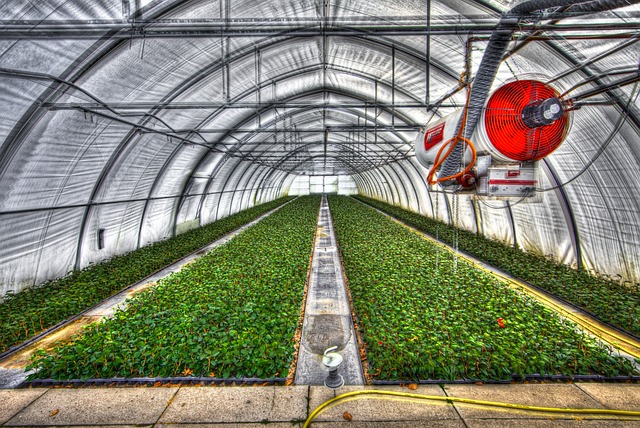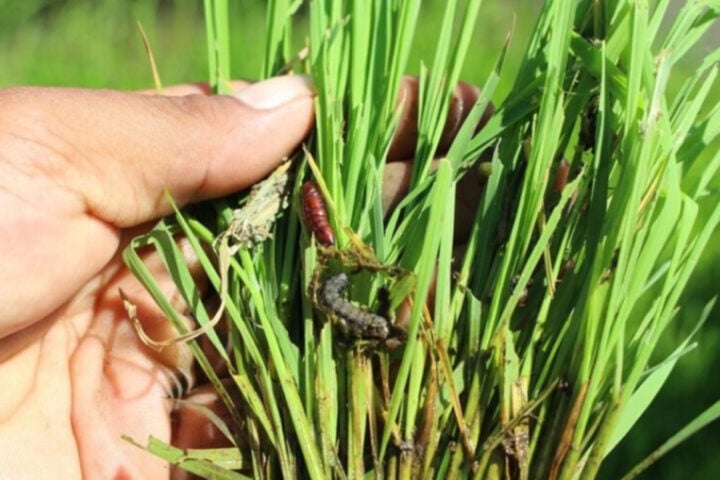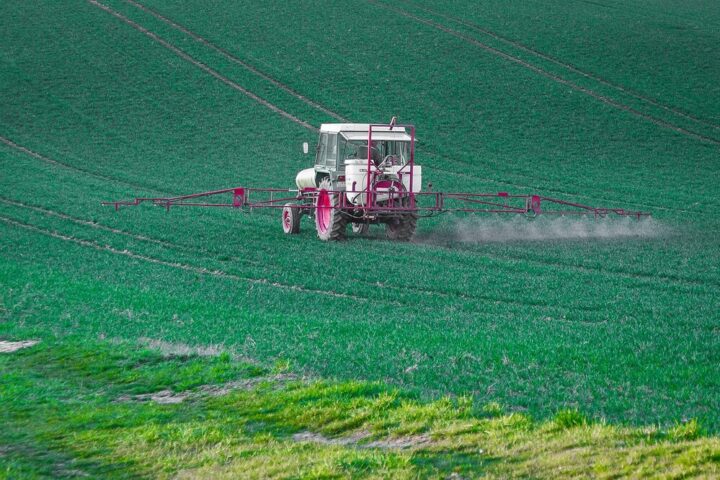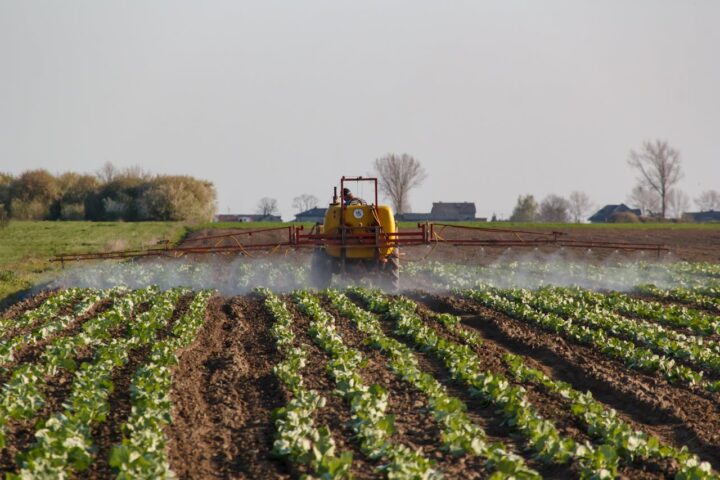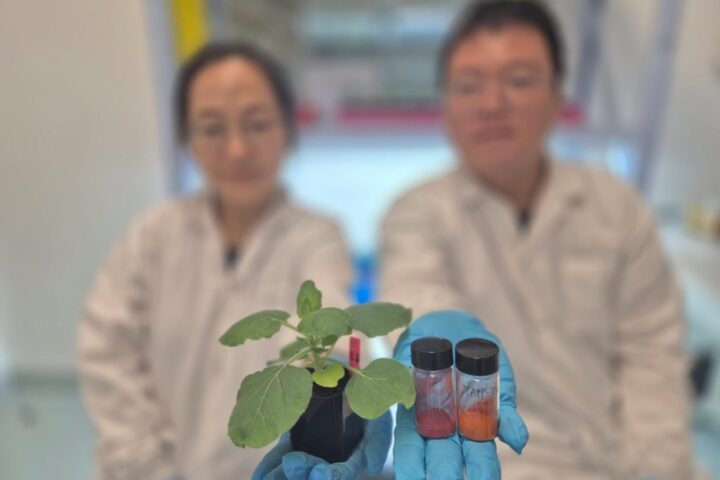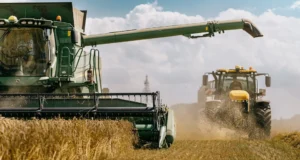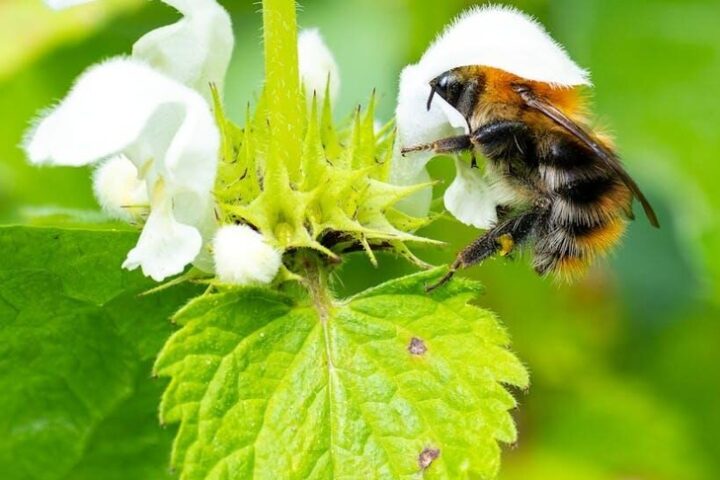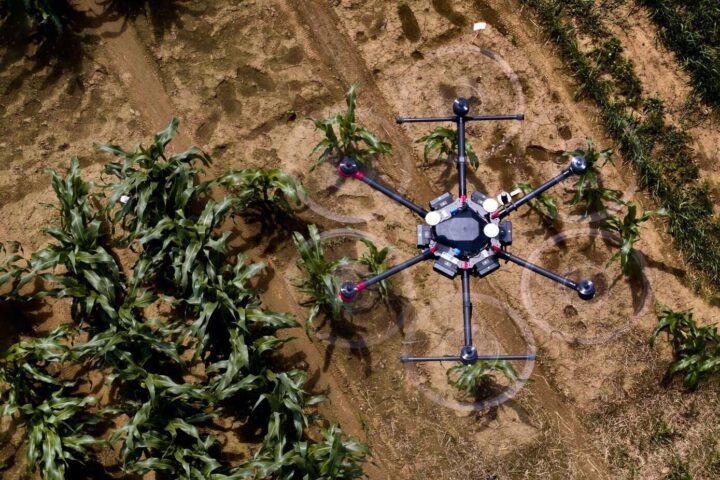MIT researchers have created bug-sized robots that could change how we grow food. These tiny machines, lighter than a paperclip, can now fly for 17 minutes straight – a major leap from previous versions that stayed airborne for mere seconds.
“At the end of the day, we’ve shown flight that is 100 times longer than anyone else in the field has been able to do, so this is an extremely exciting result,” says Kevin Chen, associate professor at MIT. This achievement matters because it brings us closer to solving a pressing farming challenge: the decline of natural pollinators that help grow our food.
Simplifying the complications
The robot’s design breaks new ground in several ways. Instead of eight wings like earlier models, it now has four wings that point outward. This simple change solved a key problem – the wings no longer interfere with each other’s movement, improving the lift forces they could generate.
The technical improvements go deeper. The robot’s muscles are made from special materials – layers of stretchy elastomer and carbon nanotubes rolled into a tiny cylinder. When electricity runs through these artificial muscles, they squeeze and stretch rapidly, moving the wings up and down. This design allows the robot to fly at speeds of 35 centimeters per second and perform complex moves, including double flips faster than a fruit fly.
Currently, the robot needs to be connected to a power source. But researchers are working to add tiny batteries and sensors, which would let it fly freely and navigate on its own. They aim to extend flight time beyond 10,000 seconds and improve its ability to land precisely on flowers.
Similar Posts
The robot’s wing hinges, though tiny – 2 centimeters long and 200 microns in diameter – are crucial to its success. “If you have even a tiny alignment issue during fabrication, the wing hinge will be slanted instead of rectangular, which affects the wing kinematics,” Chen explains. His team developed a precise laser-cutting process to get these measurements exactly right.
Future of farming in the era of climate change?
What makes this relevant for farming? As bee populations decline, these robots could help pollinate crops in controlled environments like indoor farms. This means growing food year-round, regardless of weather or seasonal changes. These mechanical pollinators could help maintain consistent crop production.
This technology could help secure our food supply by making indoor farming more practical. Multilevel indoor farms with robotic pollinators could help boost yields while reducing agriculture’s environmental impact. This approach becomes increasingly important as traditional farming faces challenges from climate change and declining pollinator populations.
The research, supported by the U.S. National Science Foundation and a Mathworks Fellowship, shows promise. However, challenges remain – these robots still need to match the sophisticated wing control of real bees. Despite these hurdles, this advancement represents a practical step toward more sustainable food production methods.
